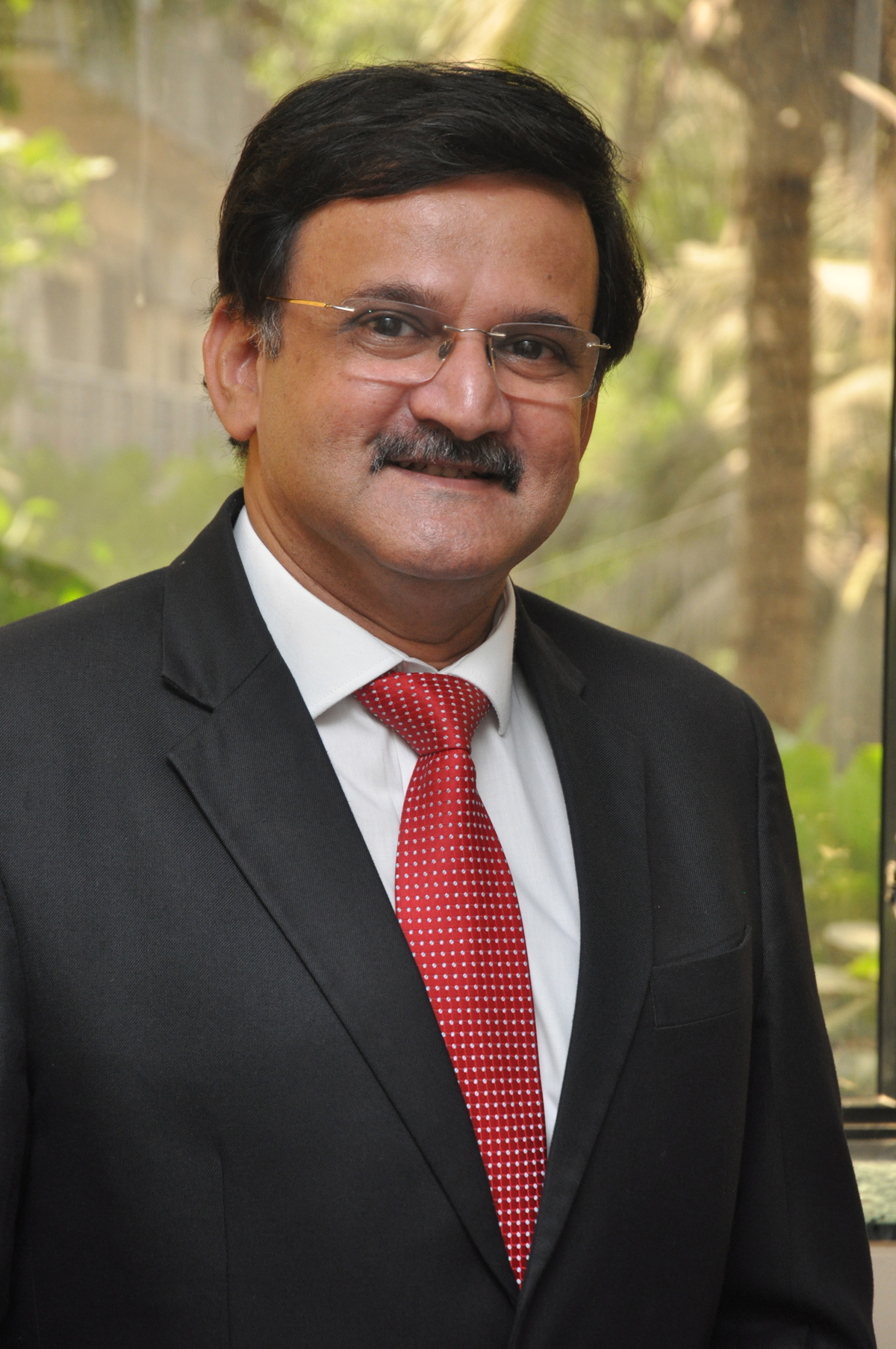
Synthetic fibres have dominated the global fibre market since the last 3 decades and are expected to grow significantly if the situation continues. These fibres are mainly derived from non-renewable, fossil-based resources. This fibre category made up approximately 64% of the global fibre production in 2021. Polyester alone had a market share of around 54% of total global fibre production while the other synthetics—polypropylene, acrylics, and elastane—had a market share of 5.2%.
Biosynthetic fibres
Synthetic fibres that are wholly or partially derived from biobased resources, represent an alternative to their fossil-based synthetic fibres. Due to their potential to lead the transition away from non-renewable resources and help to mitigate climate change, they are gaining much interest in the textile industry. Biosynthetic fibres can be made from 100% biobased as well as partially biobased resources. Biosynthetic fibres commercially available today come from starches, sugars, and lipids derived from corn, sugar cane, sugar beets, and plant oils.
Types of raw materials for Biosynthetic fibres
Processes are under development for producing biosynthetic fibres from a broader range of raw materials including biomass and waste from agriculture, forestry, and even food waste. There are other variety of biosynthetic fibres which are derived from biotechnology feedstocks, such as algae, fungi, enzymes, and bacteria.
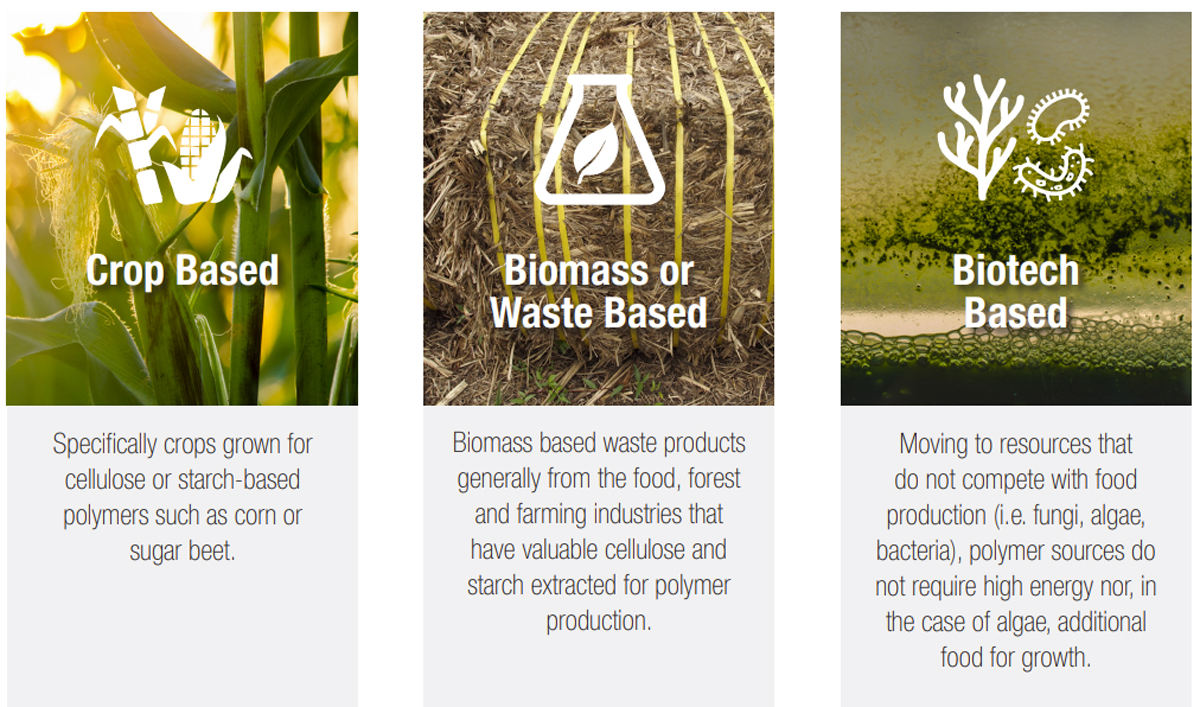
Processes are under development for producing biosynthetic fibres from a broader range of raw materials including biomass and waste from agriculture, forestry, and even food waste. There are other variety of biosynthetic fibres which are derived from biotechnology feedstocks, such as algae, fungi, enzymes, and bacteria.
Some Biosynthetic Fibres
Biopolyester: Polylactic Acid (PLA) the main raw material is produced from 100% renewable resources. Today highest amount of PLA is produced from Corn starch. PLA is produced from lactic acid by fermentation of natural sugars. Apart from Corn other crops like rice, sugar beets, sugarcane, wheat, or sweet potatoes, could be used in the future.

To avoid dependence of food based crops, other options are being explored by using cellulosic-based feedstock like bagasse, straw, wood, and biomass. Dupont’s SORONA is a fibre of this category.
Biobased PET (Polyethylene Terephthalate): Partially biobased PET commercially available today is produced using biobased ethylene glycol. The end polymer is extruded via a melt spinning process. Toray has succeeded in producing laboratory- scale samples of fully renewable biobased PET. Far Eastern New Century already has a product in this category.
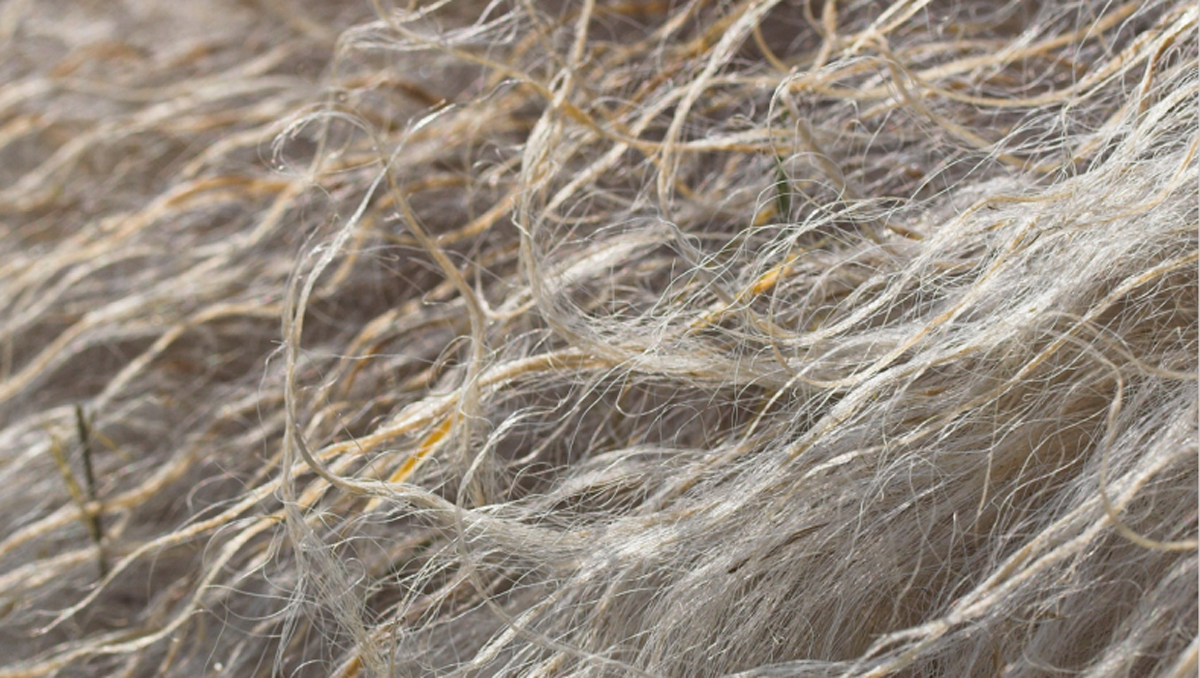
Biobased Polyamides (Nylon): Castor oil, from the seeds of the castor plant is the major raw material used in the production of biobased polyamides (nylons). The research presently being undertaken is expected to expand the application area of biobased polyamides, which are likely to become an important opportunity for textiles over the coming years. Arkema’s RISLAN and Fulgar’s EVO are some of the fibres available.
Other biobased fibres
Synthetic Spider Silk: Spider silk is made of proteins that are stored as a water-based solution in a spider’s silk glands, before being spun into a fibre. Because of its strength, resilience, and flexibility, spider silk holds great promise for commercial and consumer applications. Commercial technologies are being developed by companies such as Spiber from Japan, AMSilk from Germany and Kraig Biocraft from the US.
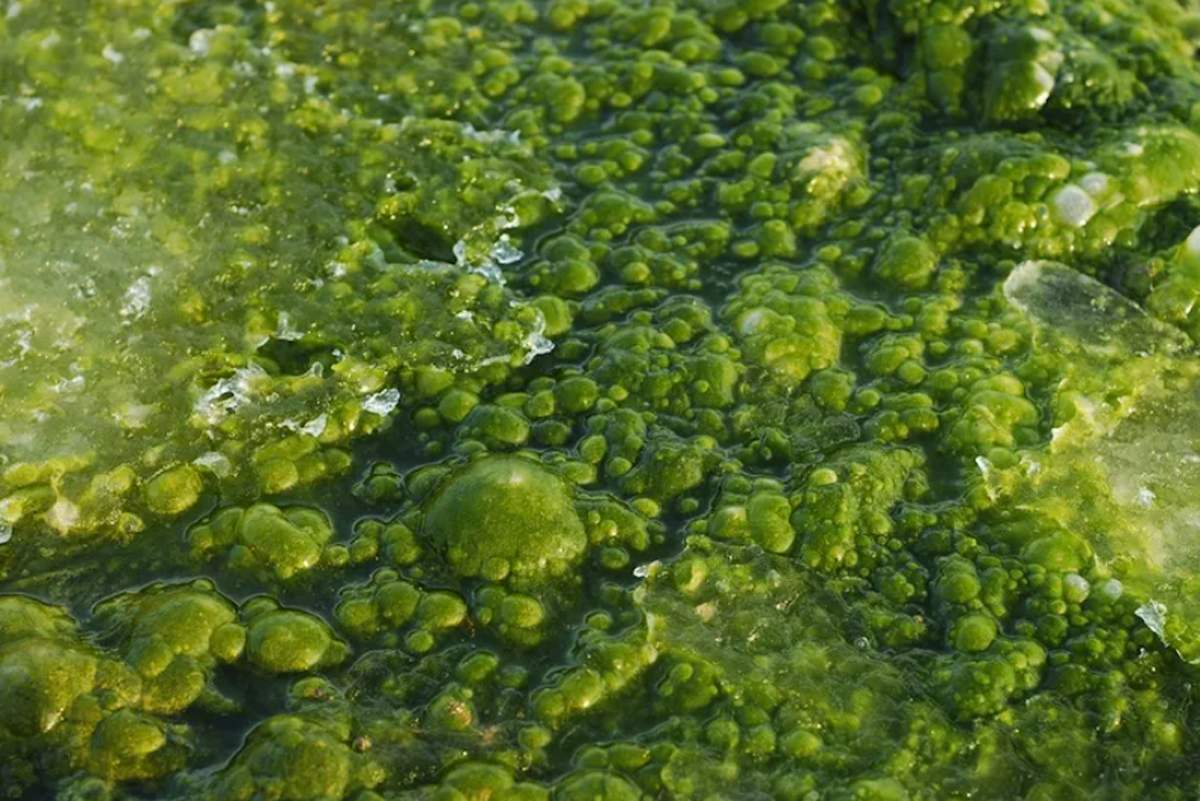
Algae based Fibres: Algae (Seaweed) has emerged as a novel source to produce fibres and dyes for the textile industry. Algae are a large and diverse group of eukaryotic photosynthetic organisms that are predominantly found in the aquatic ecosystem. A company Algaeing produces non-toxic, biodegradable natural fibres for textiles using algae.
Sea Cell Fibres (Seaweed fibres): Seaweed is a versatile and sustainable material that is increasingly being used in textiles. Sea Cell fibre textiles are made from seaweed. Seaweed is a type of algae that grows in the ocean, and it is abundant in many coastal regions. Sea Cell Fibre is made from a combination of seaweed and wood pulp. The seaweed used in this material is dried and ground into a powder, which is then combined with wood pulp to spin a soft and breathable fibre. The Sea Cell fibre is exclusively produced by Smartfiber AG, Germany.
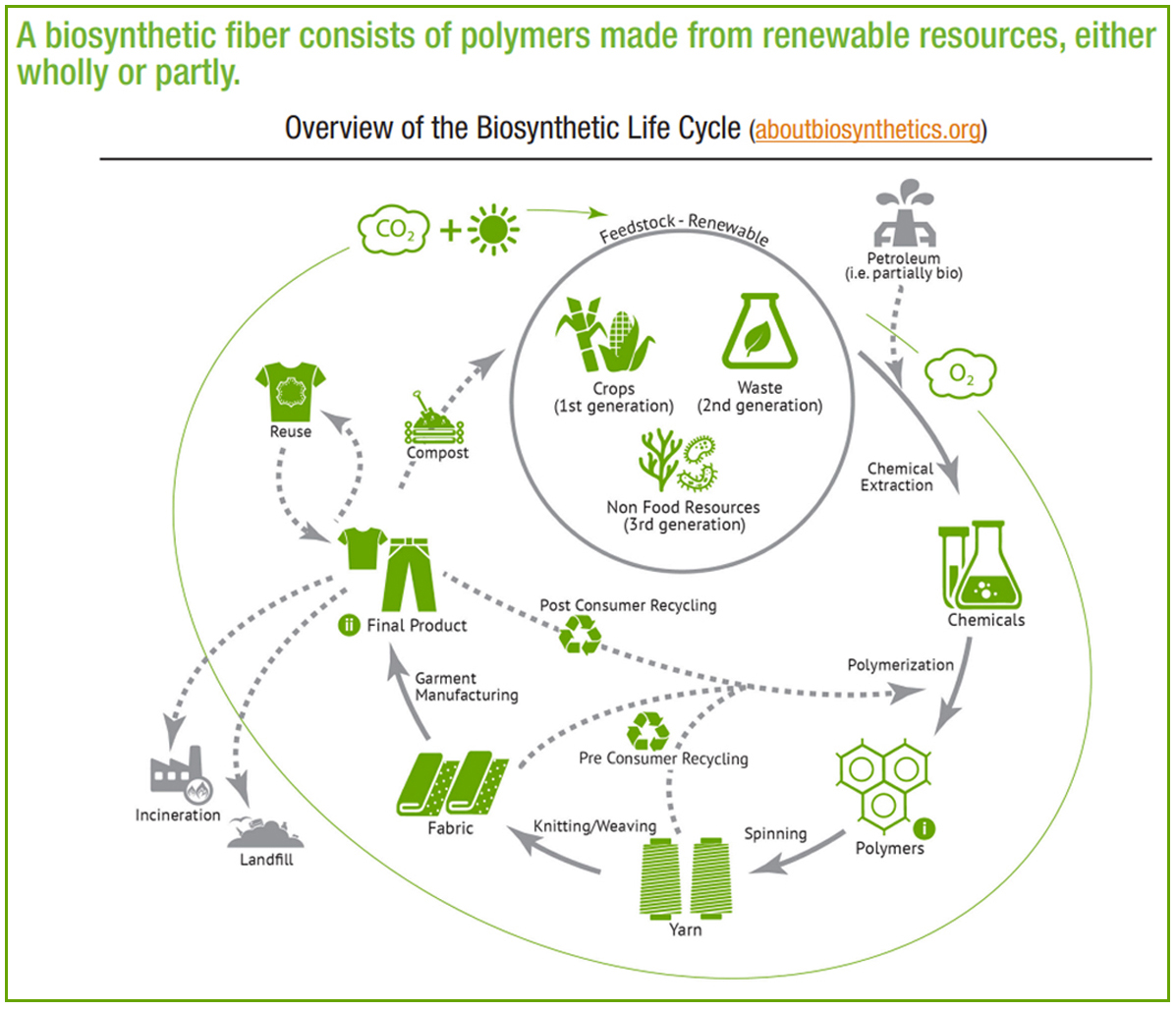
Fibres from Microbes/Bacteria: Sugar derived from plant waste along with microbes inside a bioreactor produce a fibre structure which might replace synthetic fibres in future. The material produced in a pilot facility is naturally transparent and looks like nylon. The fibres are very strong, and they bind to each other naturally. The fibres are stronger than Kevlar and the tensile strength is higher than that of steel.
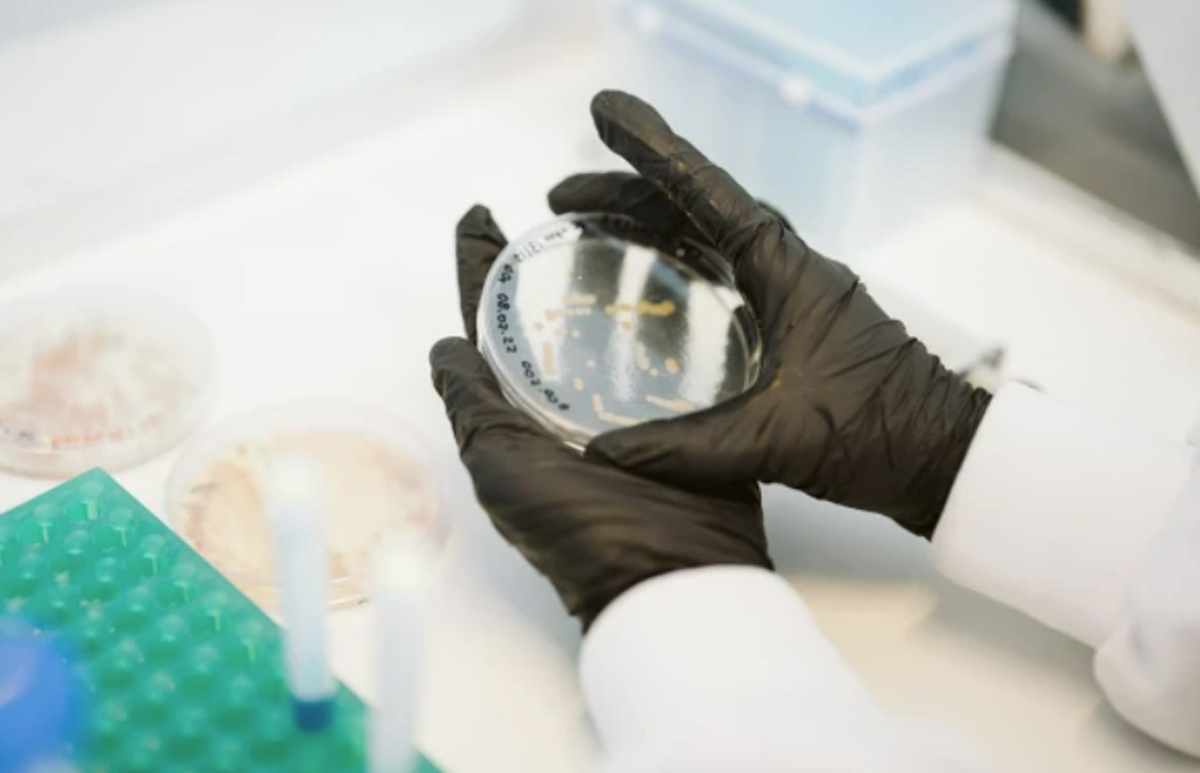
Benefits of Biosynthetic and Biobased alternative fibres
A significant opportunity exists today to improve the sustainability performance in the apparel industry by use of renewable and biobased materials, rather than fossil fuel based. The benefits to the industry and society in shifting to biobased materials could be significant. The Biosynthetic fibres have the potential to produce fewer greenhouse gases over their lifecycle than products made from fossil fuels. A key advantage of renewable feedstock is their short reproduction cycle, which ranges between several days for algae and several years for trees, compared to the much longer reproduction cycle of fossil feedstock.
Biosynthetic fibres are fast emerging as an alternative, gaining traction with clothing, footwear, and household brands and retailers due to their use of renewable resources and their potential to mitigate climate change compared to their fossil fuel based counterparts. In line with a broader vision, biosynthetic textiles are part of the transition towards a biobased economy.